-
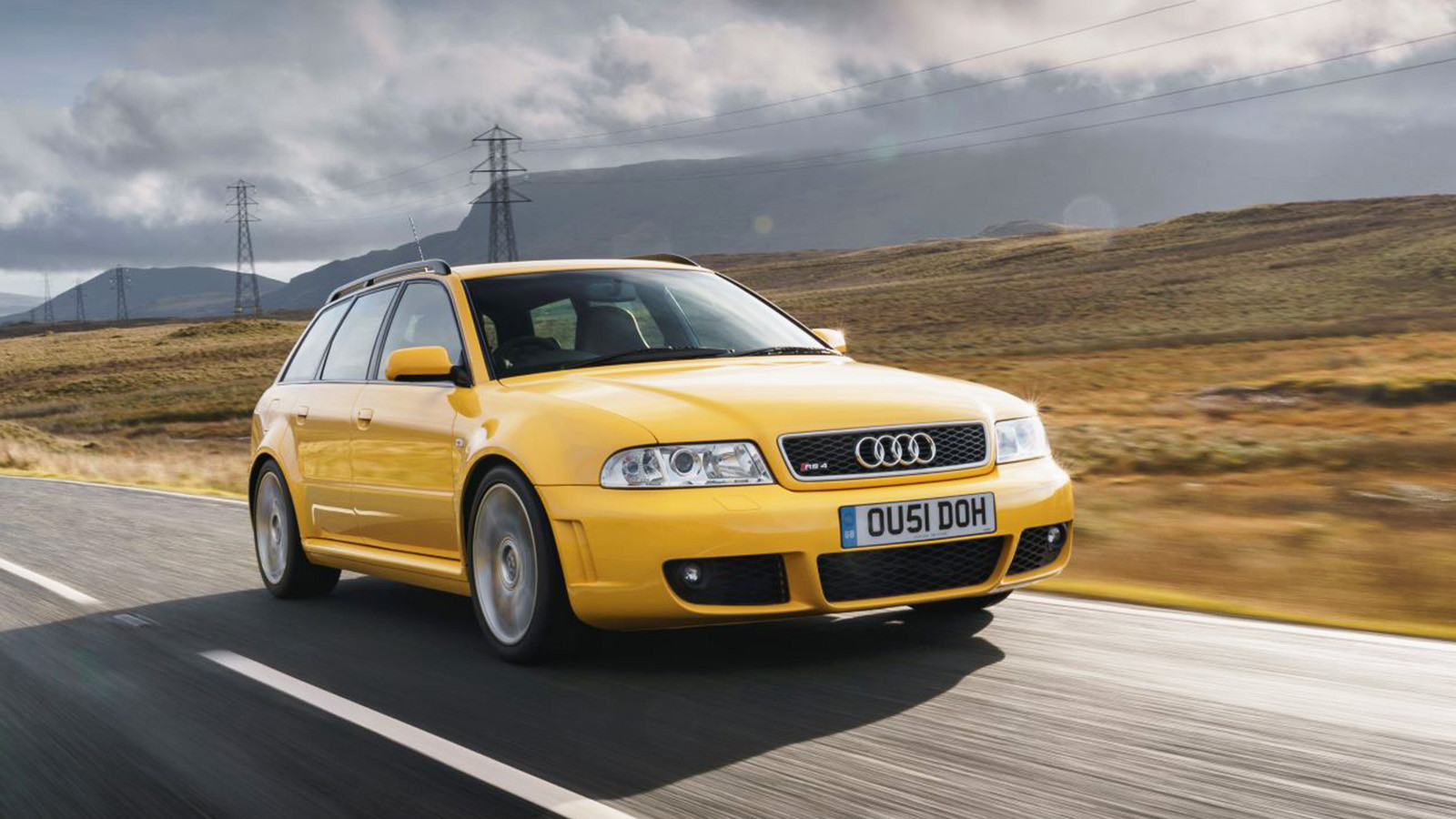 © Dean Smith/Audi UK
© Dean Smith/Audi UK -
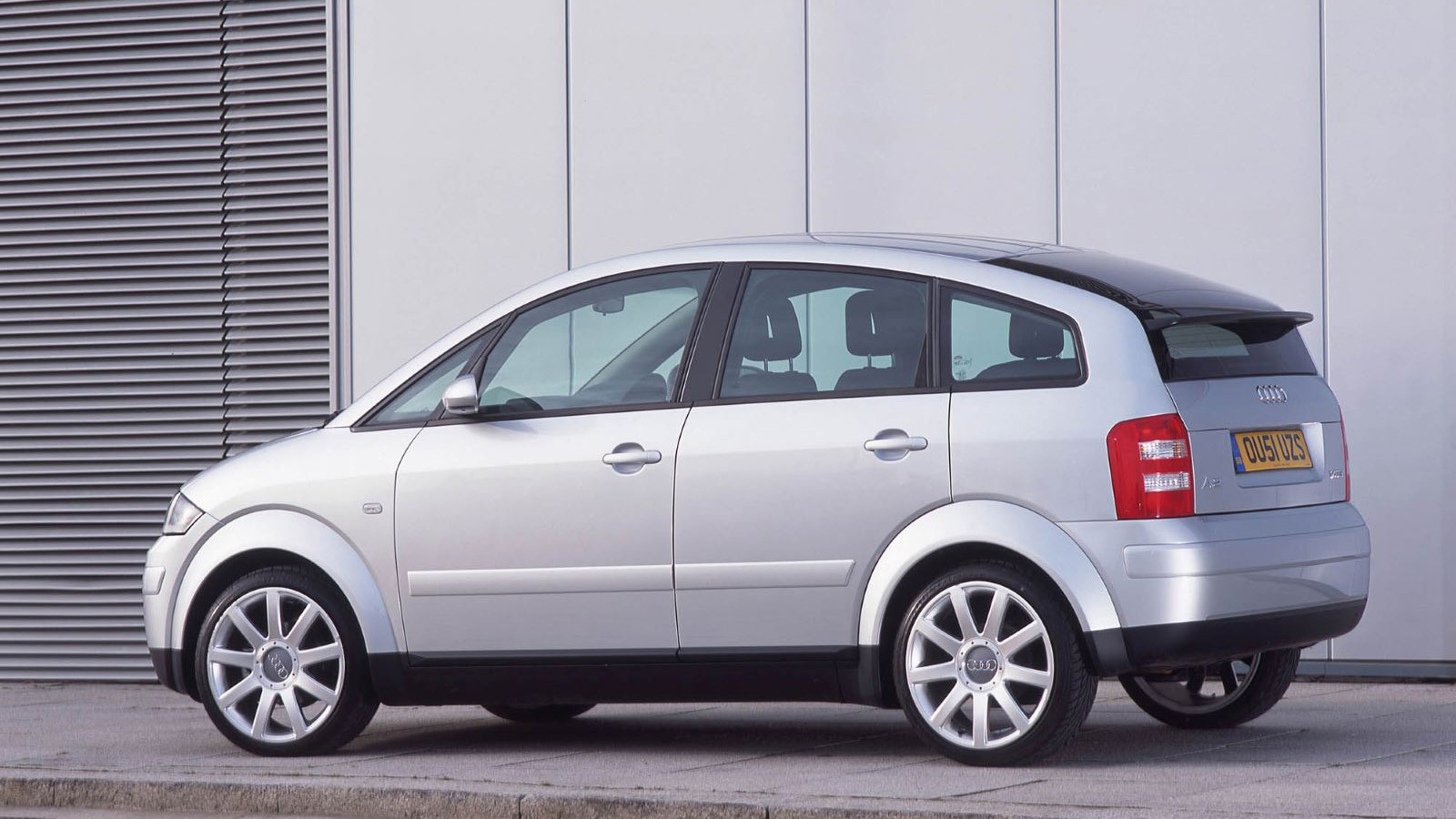 © Audi UK
© Audi UK -
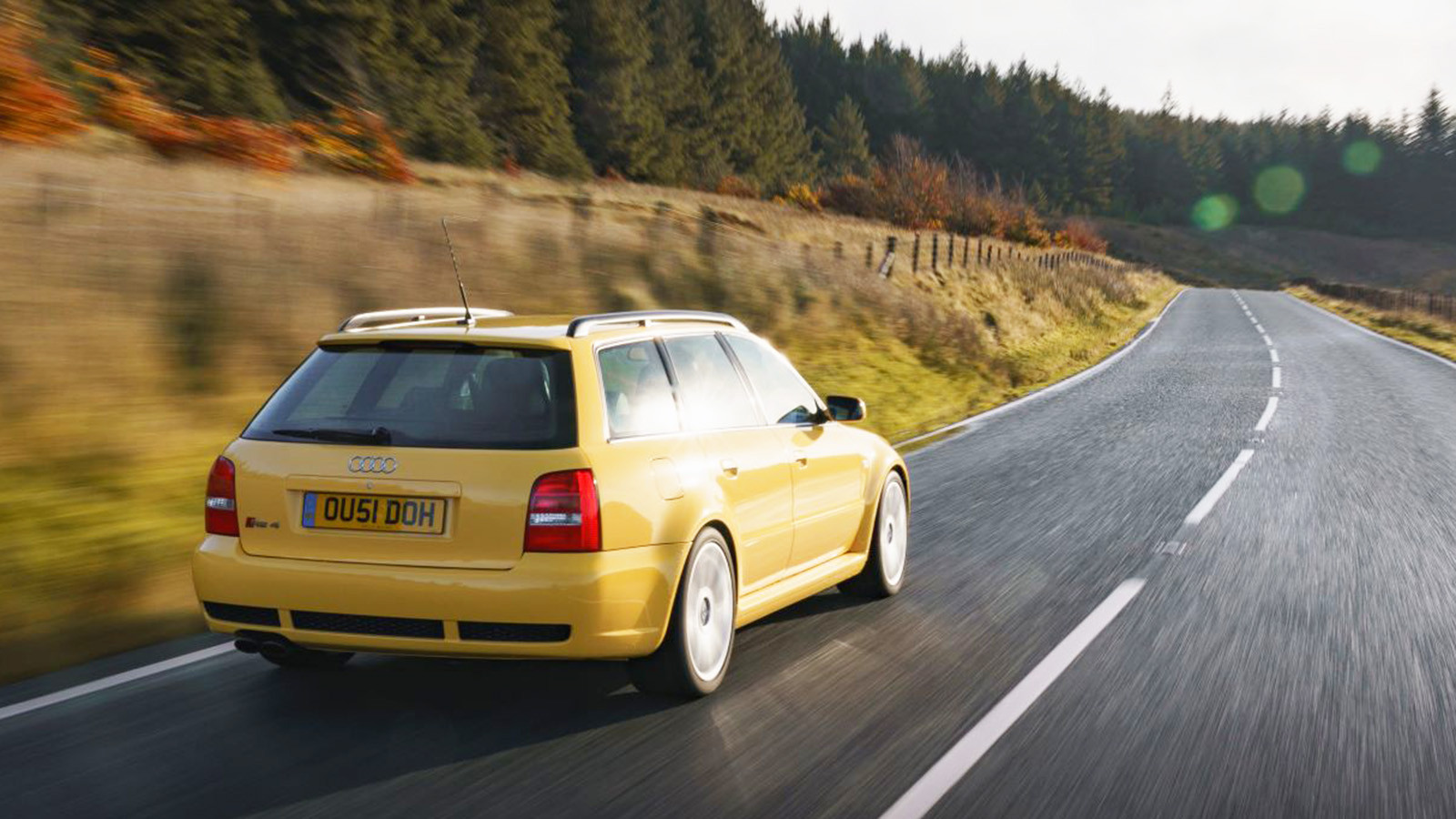 © Dean Smith/Audi UK
© Dean Smith/Audi UK -
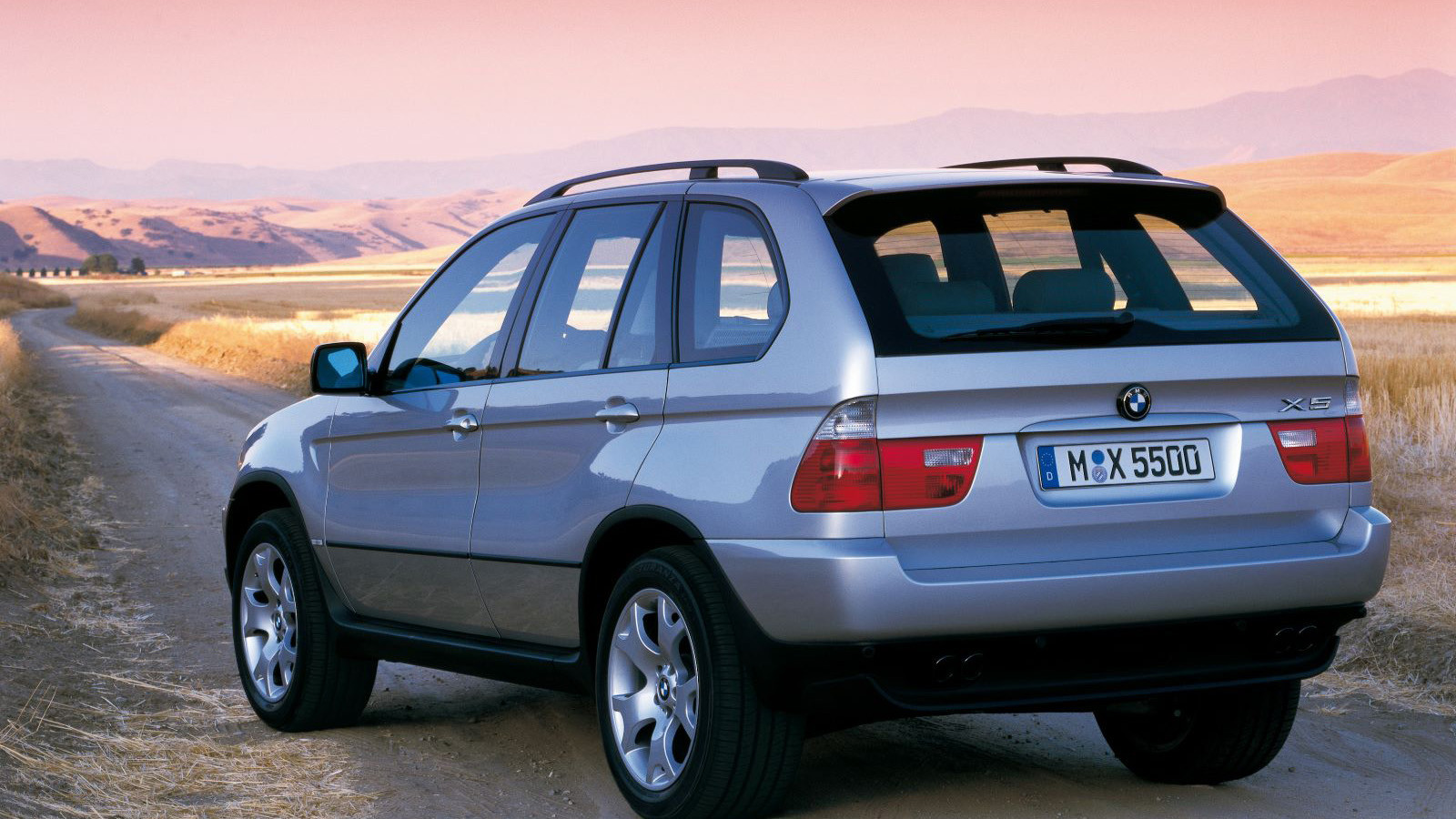 © BMW
© BMW -
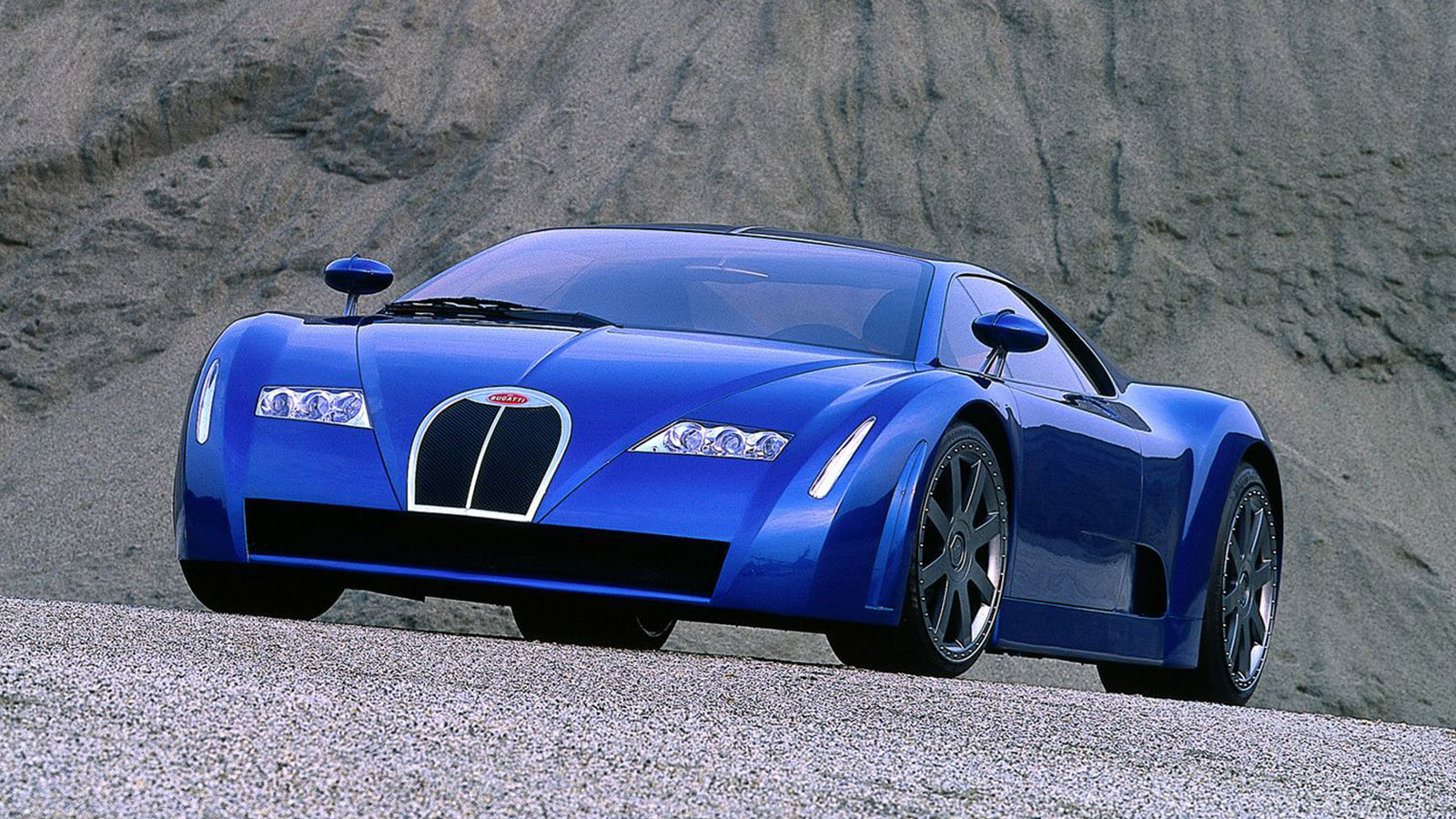 © Italdesign
© Italdesign -
 © Max Edleston/Classic & Sports Car
© Max Edleston/Classic & Sports Car -
 © Ford Motor Company Archives
© Ford Motor Company Archives -
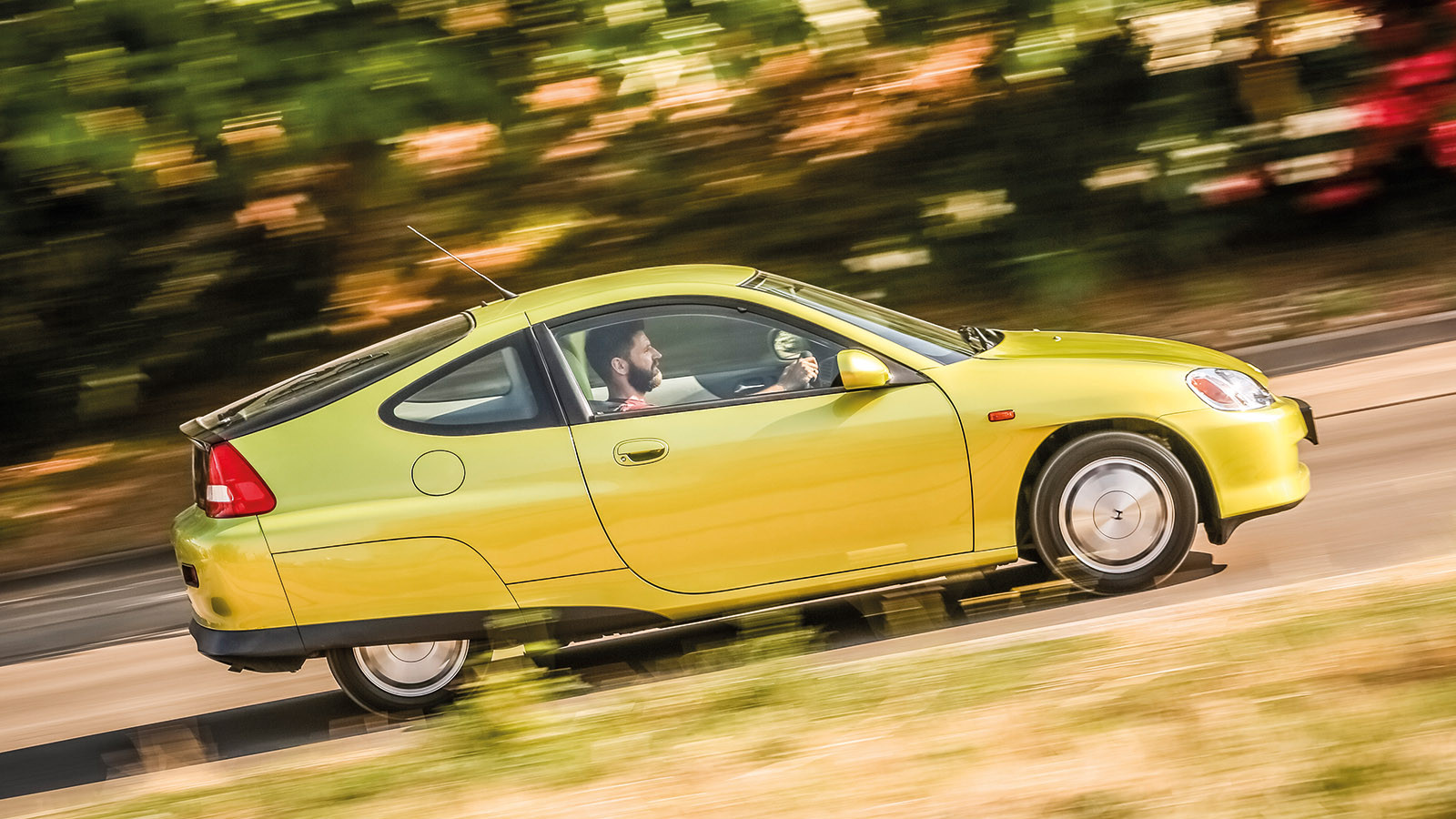 © Tony Baker/Classic & Sports Car
© Tony Baker/Classic & Sports Car -
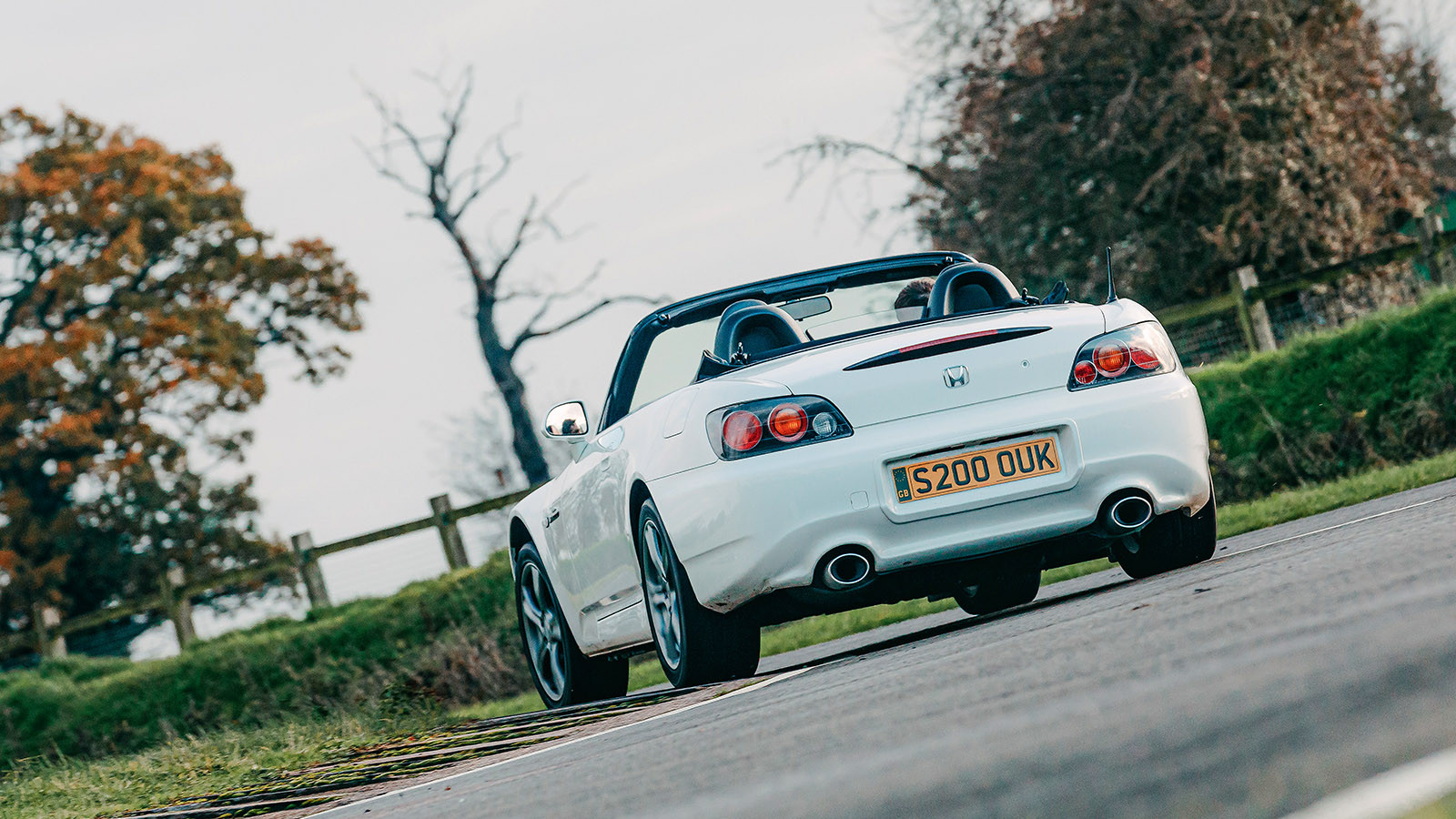 © Max Edleston/Classic & Sports Car
© Max Edleston/Classic & Sports Car -
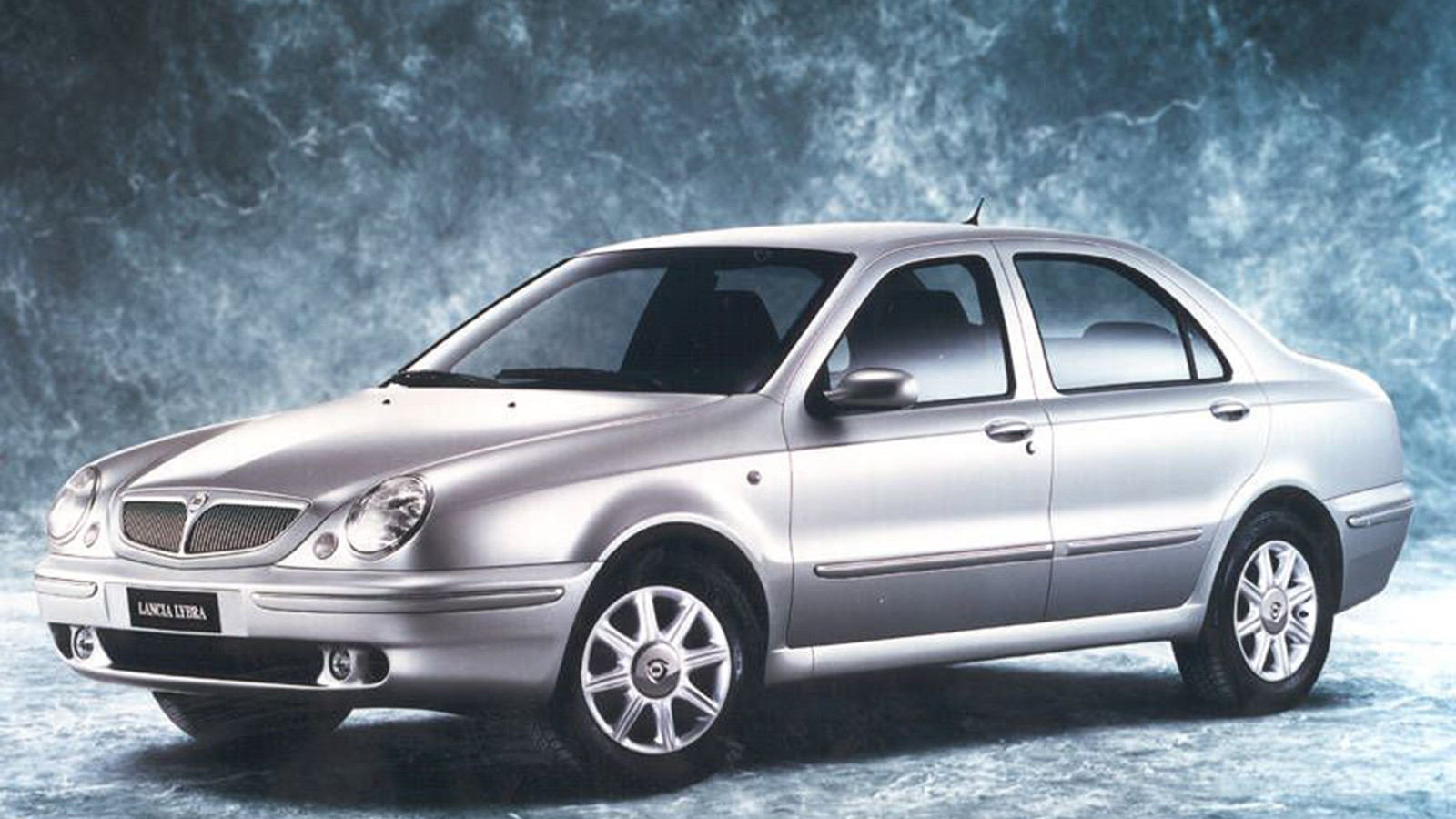 © Media Stellantis
© Media Stellantis -
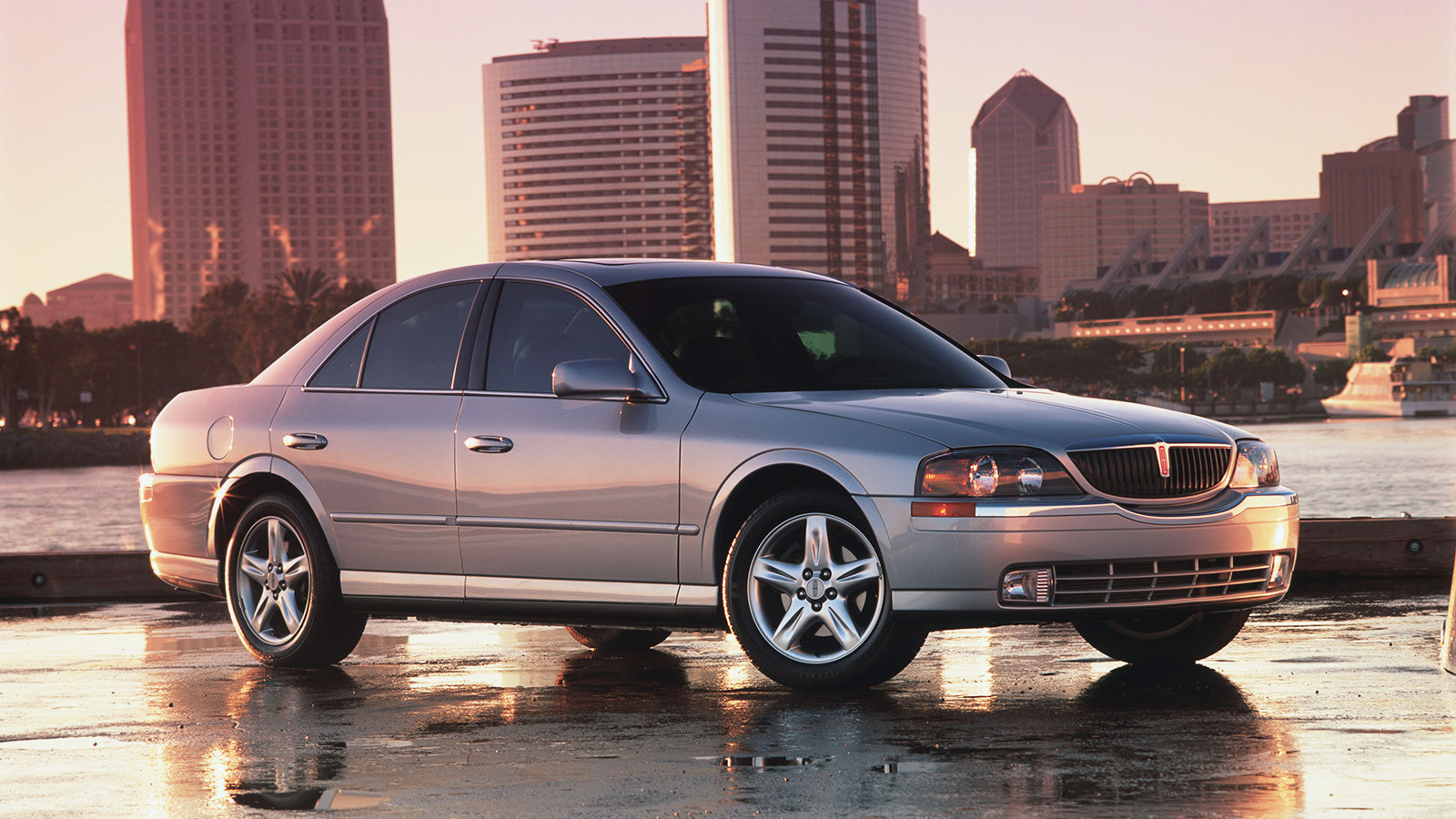 © Ford Motor Company Archives
© Ford Motor Company Archives -
 © Manor Park Classics
© Manor Park Classics -
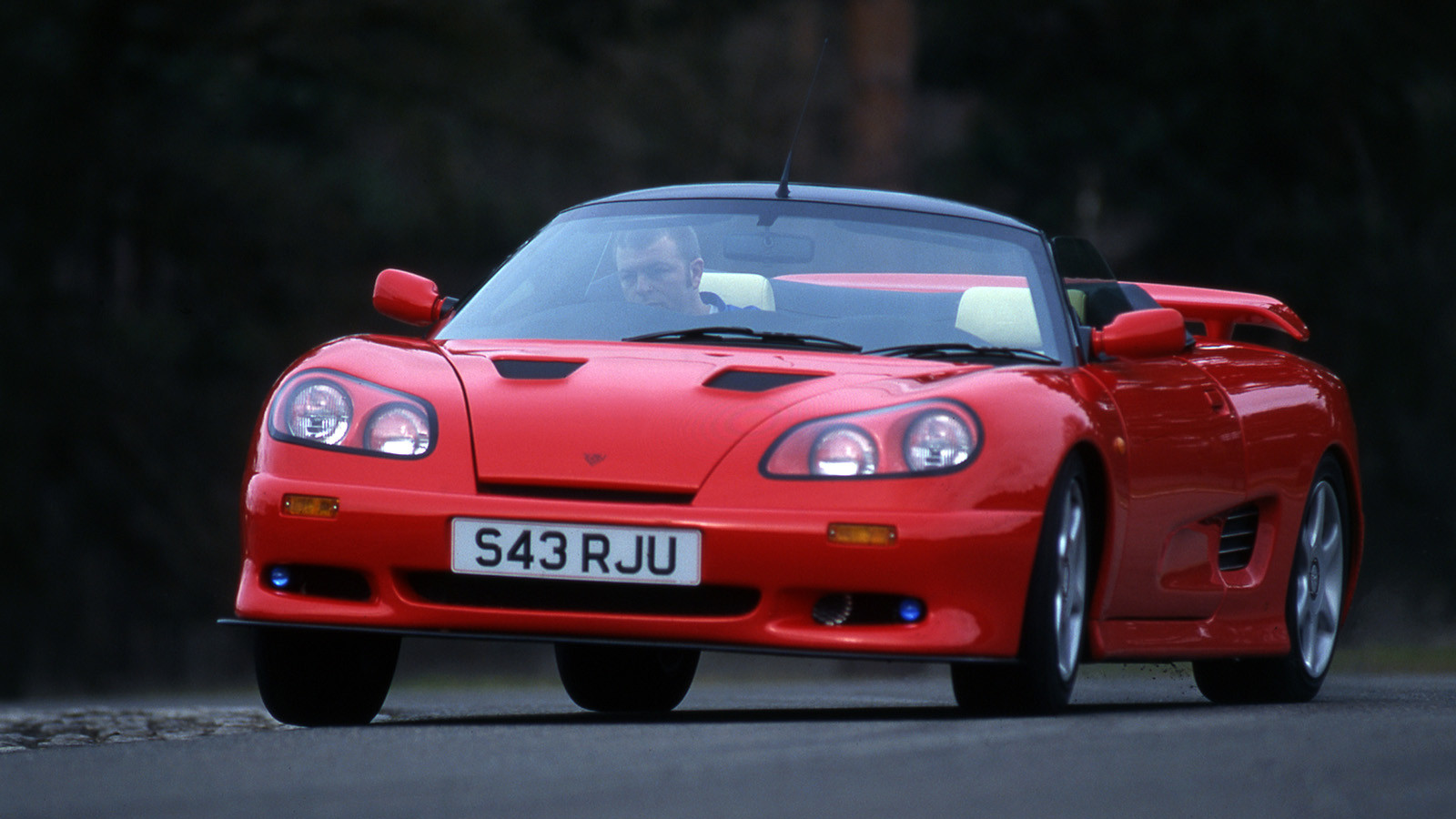 © Haymarket Automotive
© Haymarket Automotive -
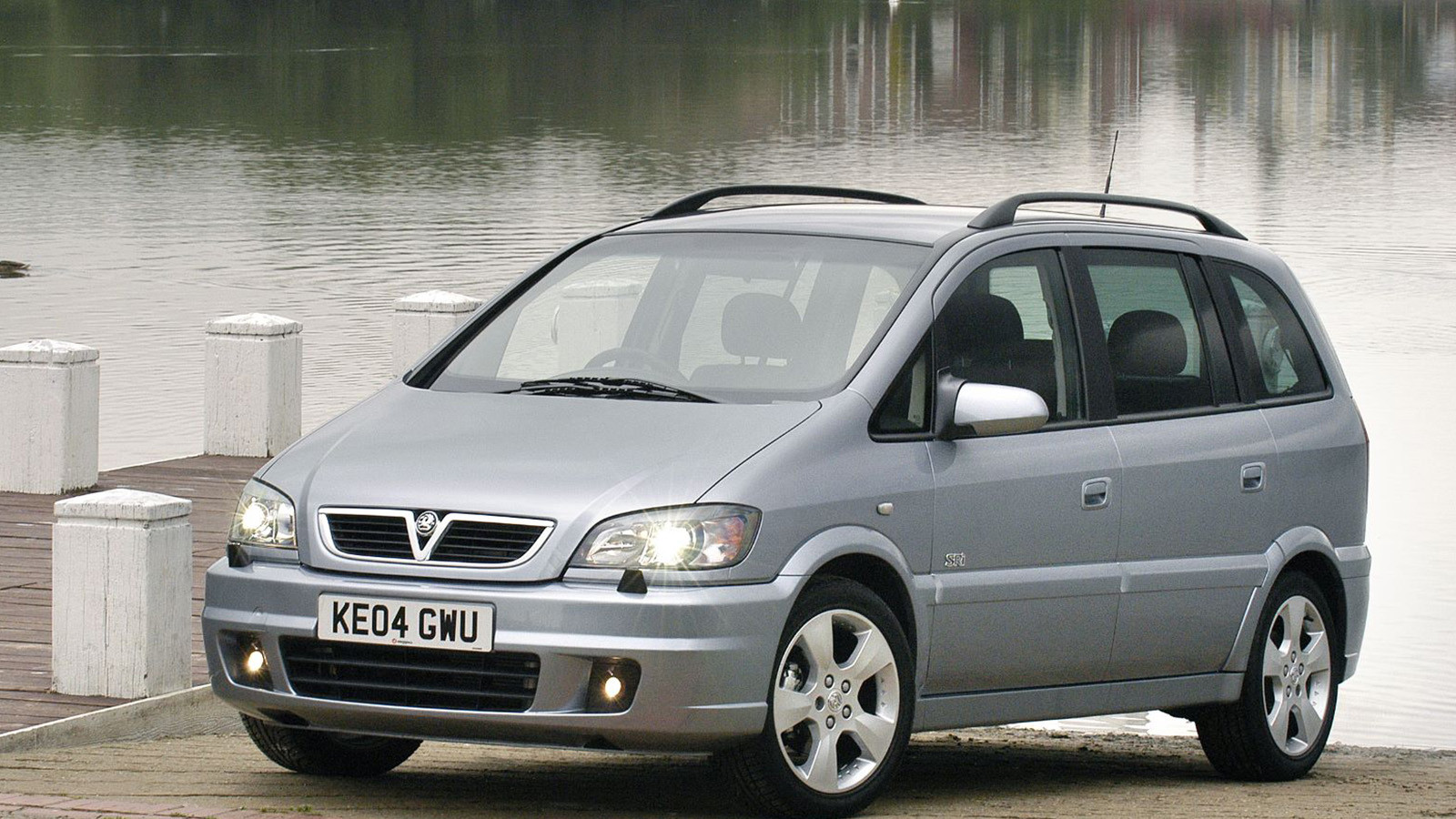 © Vauxhall Heritage
© Vauxhall Heritage -
 © Haymarket Automotive
© Haymarket Automotive -
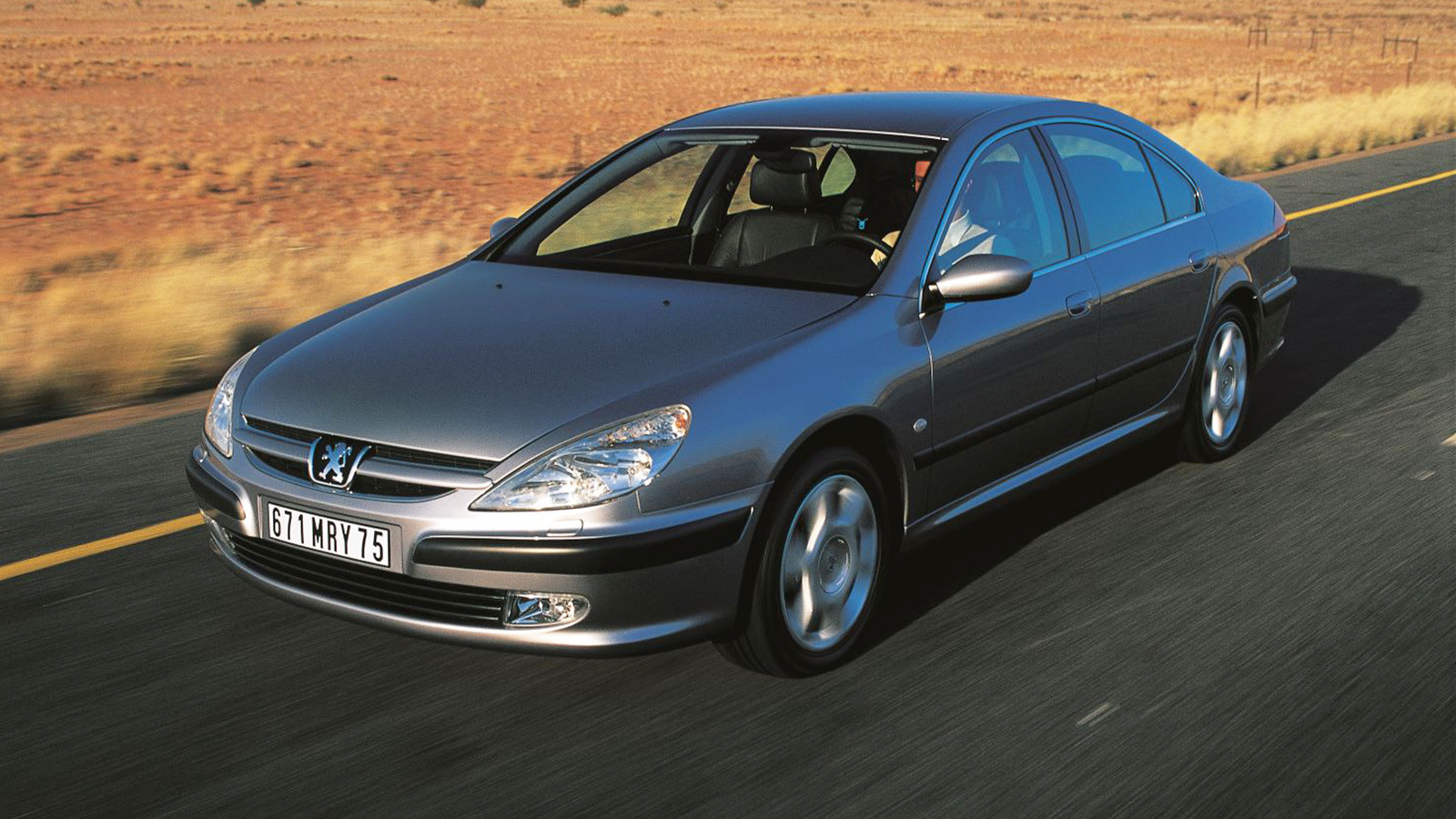 © Peugeot UK
© Peugeot UK -
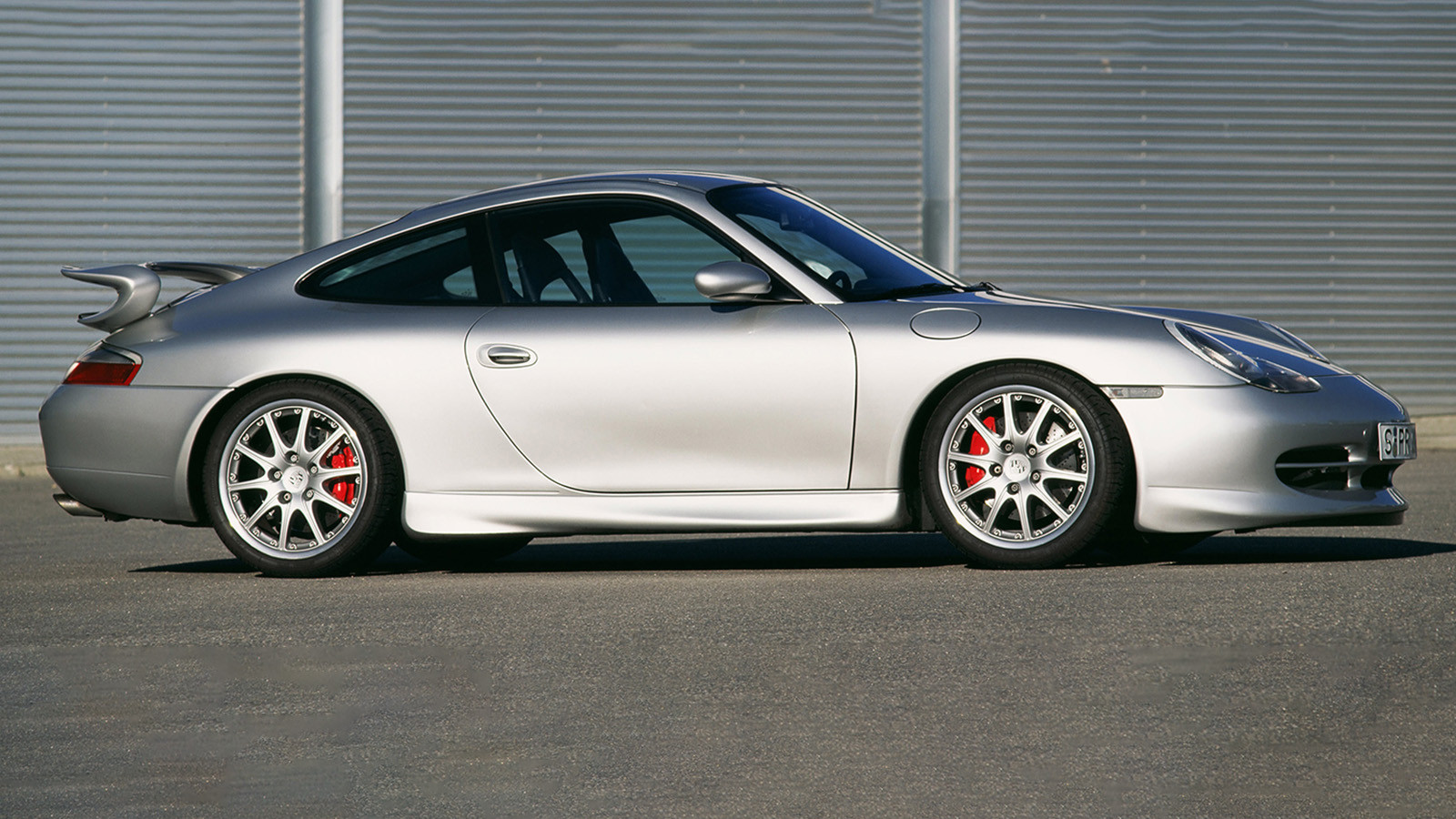 © Porsche
© Porsche -
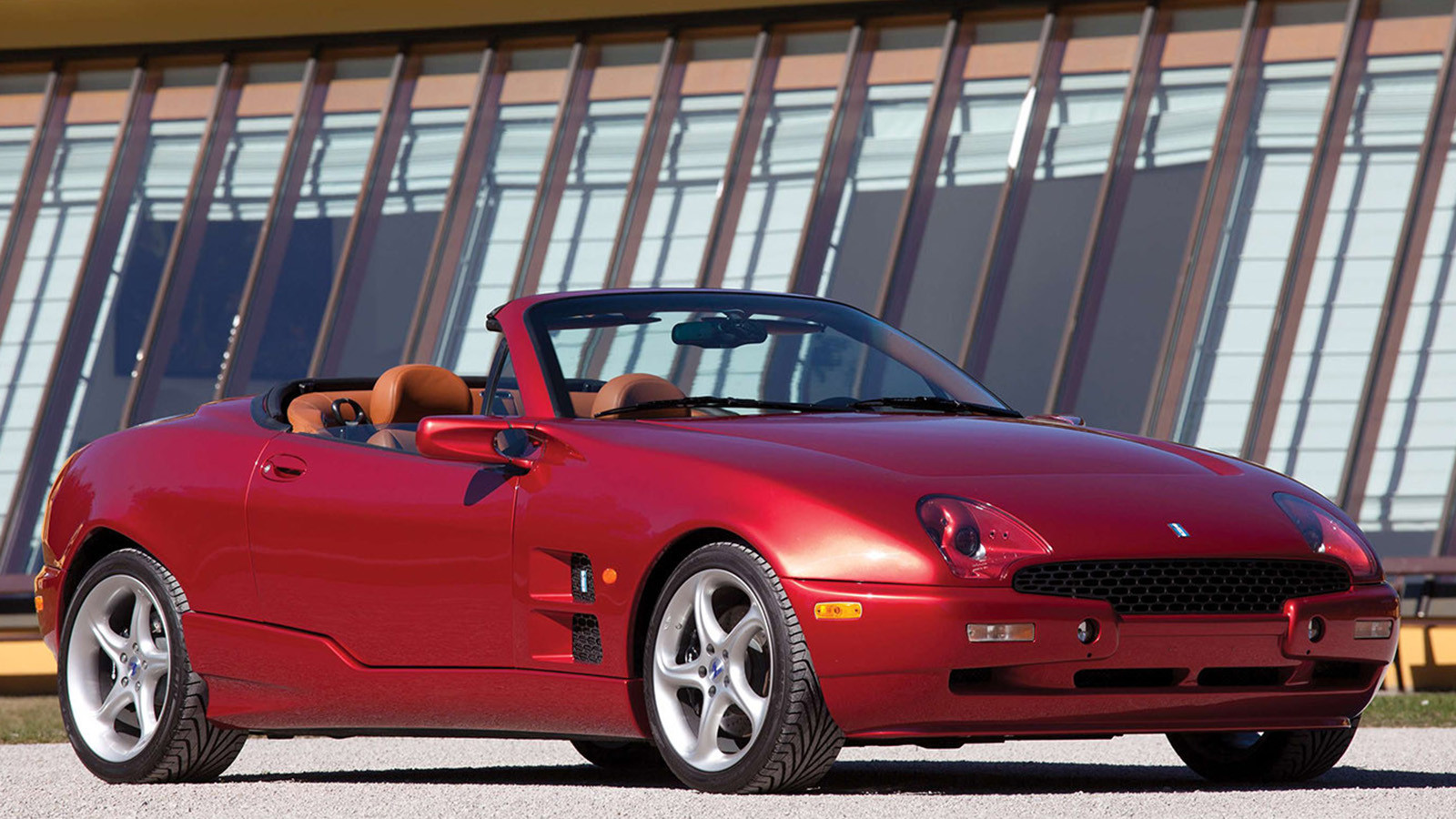 © Boris Adolf/RM Sotheby’s
© Boris Adolf/RM Sotheby’s -
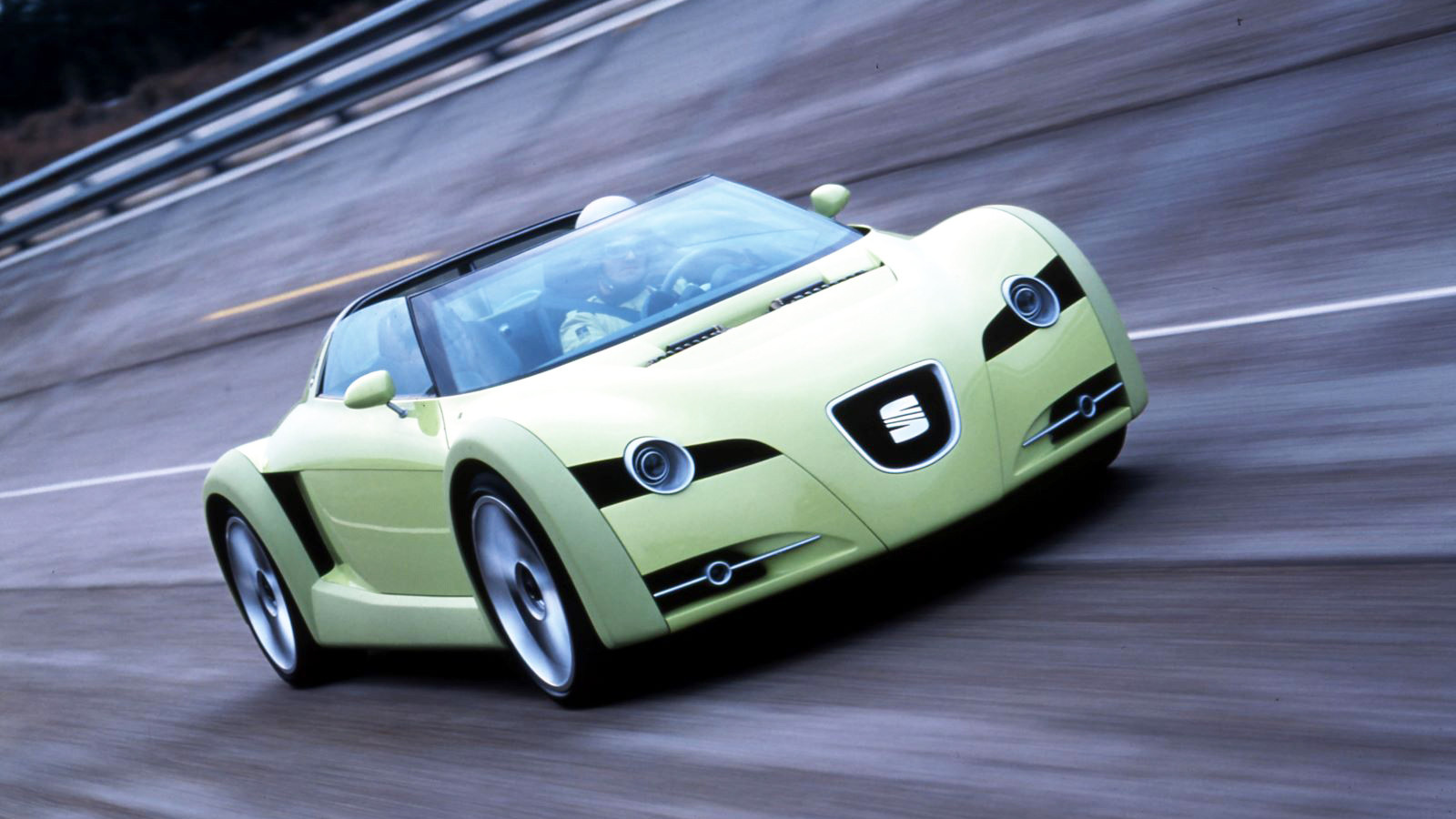 © Seat UK
© Seat UK -
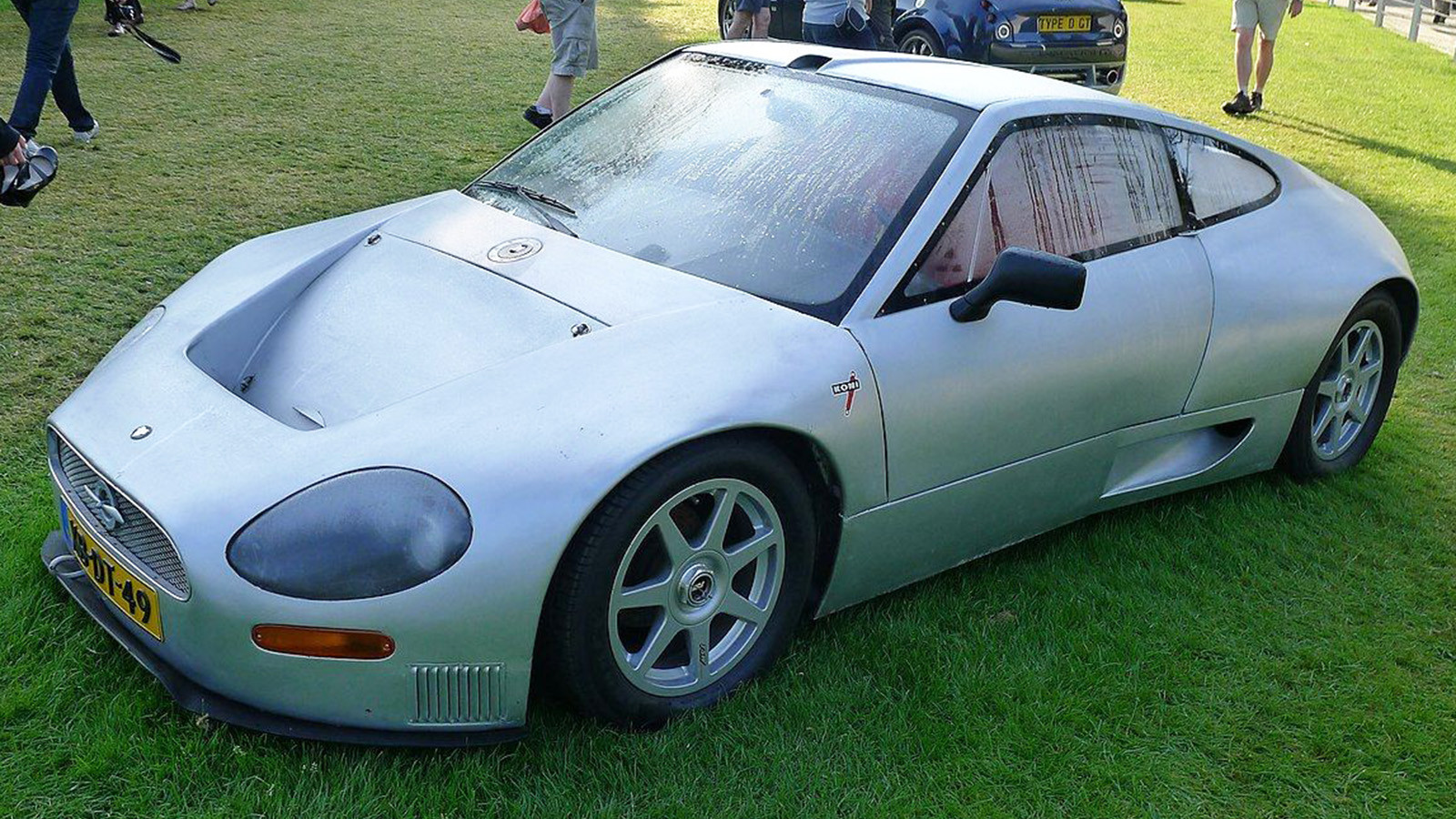 © edvvc/Creative Commons licence https://creativecommons.org/licenses/by/2.0/
© edvvc/Creative Commons licence https://creativecommons.org/licenses/by/2.0/ -
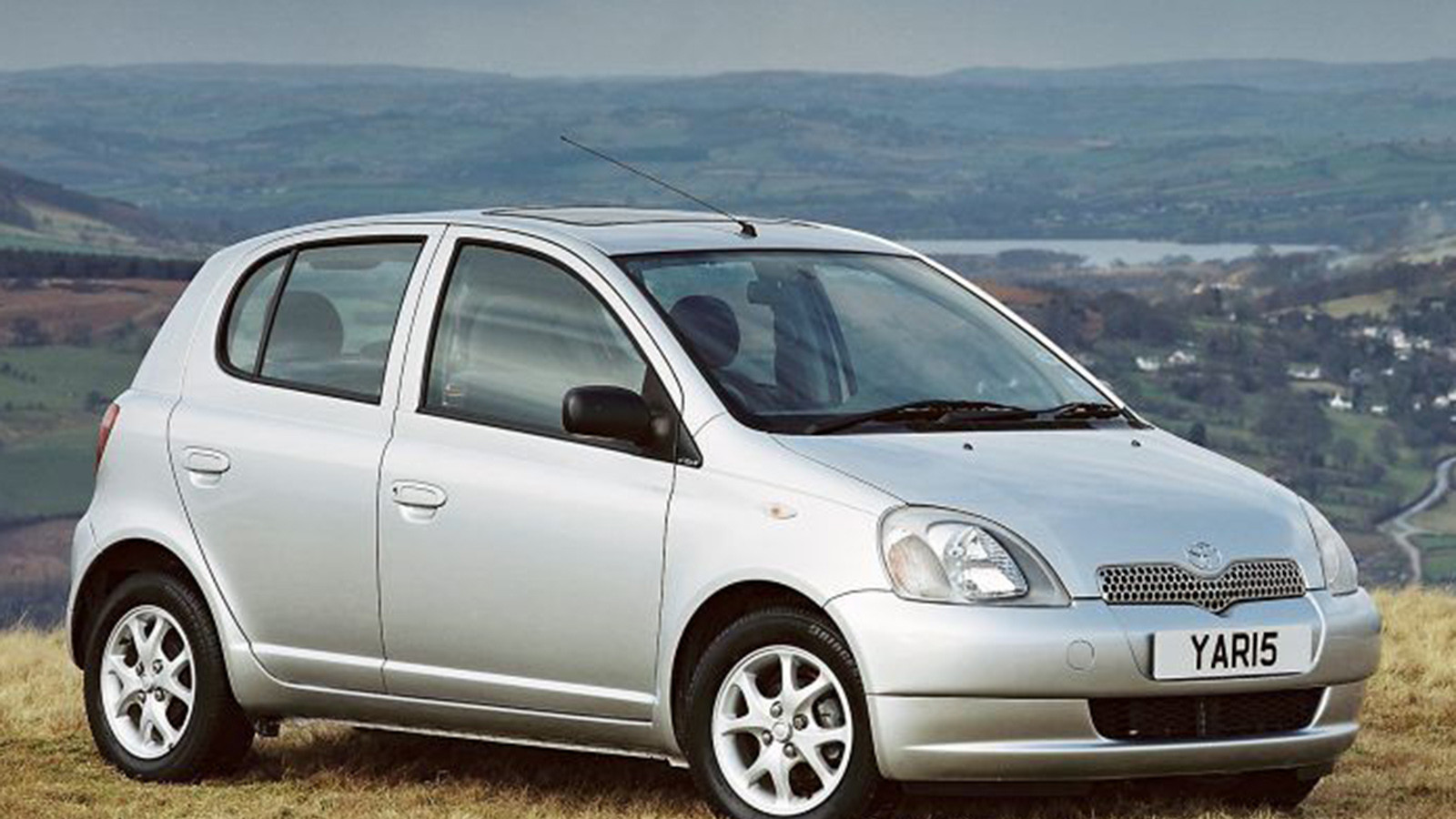 © Toyota UK
© Toyota UK -
 © Manor Park Classics
© Manor Park Classics -
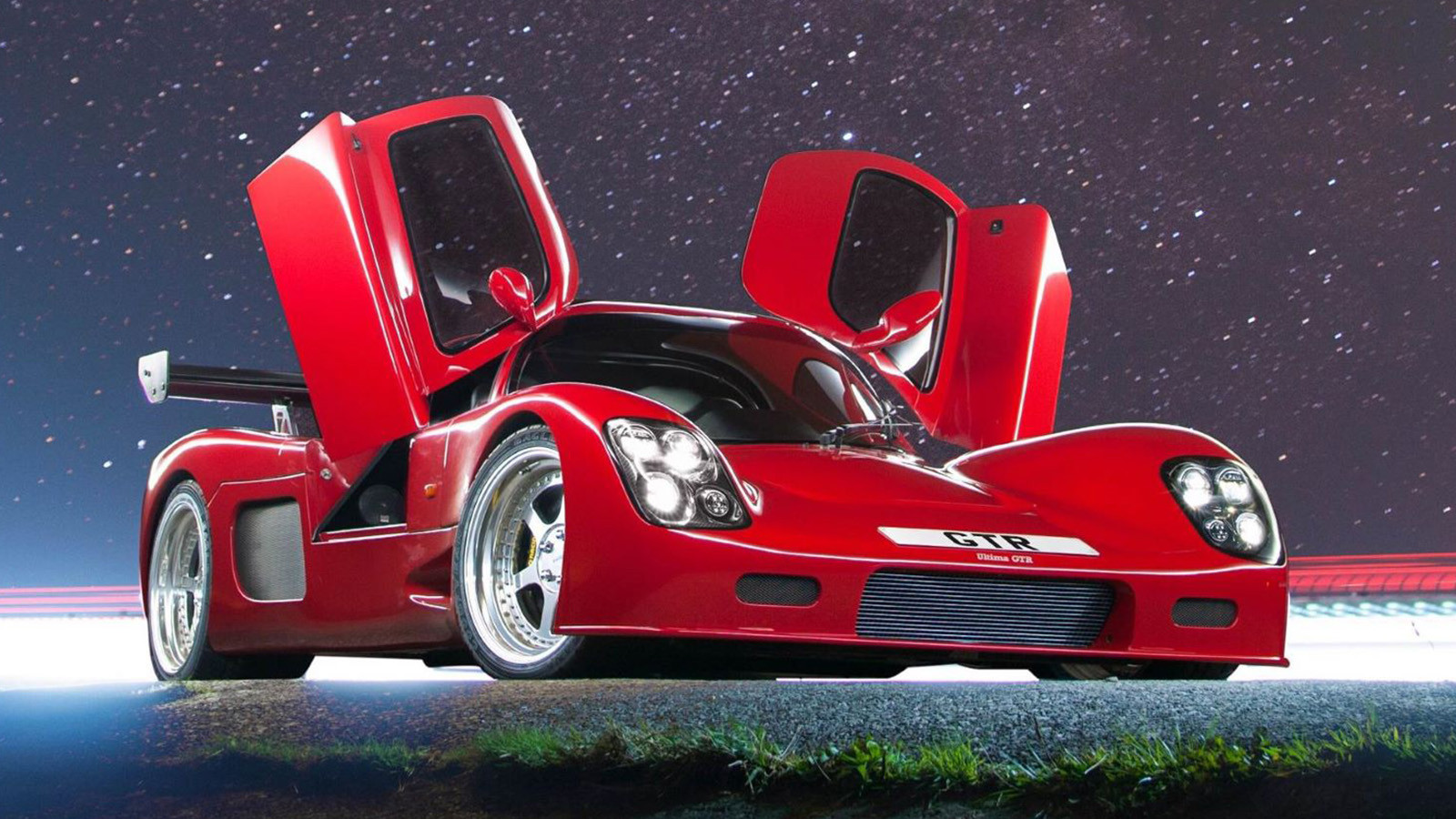 © Ultima Sports
© Ultima Sports
-
Quarter-century classics
The last year of the 1990s ushered in not only new names in the sports and supercar establishment, such as Noble and Pagani, but also a spate of what were to become copper-plated modern classic cars, like the Honda S2000, TVR Tuscan Speed Six and Ferrari 360.
But 1999 also bore some more humble future-classic fruit: the Audi A2 wowed with its advanced construction, plus the Honda Insight gave us a flavour of genuine eco-innovation, still blended with a dose of driver appeal.
There were groundbreaking concepts that heralded the latest tech for a new millennium, too.
So here, in alphabetical order, are 22 of the most important automotive debuts from a quarter of a century ago.
-
1. Audi A2
You had to admire Audi for its bravery in launching the A2.
By no means was it the cheapest car in its class, which ultimately led to its premature demise just over five years and 176,377 cars later.
But it brought a level of high-tech construction seldom seen in its sector.
A compact, five-door hatch, penned by Audi’s Luc Donckerwolke to resemble a mini-MPV, the A2’s ‘Audi Space Frame’ was dressed in unstressed aluminium body panels and weighed just 830kg (1830lb).
Combined with a range of small and efficient petrol and diesel engines, the A2 became the first European car to achieve an average fuel consumption of less than 3 litres/100km (or 78.4mpg).
-
2. Audi RS4
Only produced in Avant (estate/station wagon) guise in its first generation, the RS4 succeeded Audi’s seminal RS2 Avant in 1999.
Maintaining its RS (for RennSport) tradition for standalone styling, Audi’s regular A4 Avant gained wider wheelarches to accommodate its wider front and rear tracks, unique bumpers and sill extensions.
Supercar-bothering performance of 0-62mph in 4.9 secs and a top speed limited to 155mph was thanks to the RS4’s Cosworth-developed, twin-turbocharged, 2.7-litre V6 engine.
Its 325lb ft of torque was deployed via a manual six-speed ’box, delivering drive to all four wheels through Audi’s Torsen-based quattro system.
Only sold until 2001, 6030 Audi RS4s were produced.
-
3. BMW X5 (E53)
BMW’s first-generation X5 was launched in 1999, and brought with it a level of saloon-car driveability seldom seen in the large SUV sector.
Conveniently, BMW Group had at the time recently purchased Land Rover, creating some software synergies – off-road engine management for one – that were adopted by the new model.
But it was the X5’s accomplished platform and engines – ranging from 3 to 4.8 litres – plucked from BMW’s existing E39 5 Series, that imbued the X5 with an unexpected level of dynamic charisma.
-
4. Bugatti 18/3 Chiron concept
Designed by Fabrizio Giugiaro, the 18/3 Chiron was the last of three concept cars from Italdesign commissioned by Bugatti.
Conceived as a successor to the EB110, the 18/3 Chiron was powered by a mighty 6.3-litre W18 engine, with its 18 cylinders configured in three sets of six – hence the moniker.
The chassis and four-wheel-drive system were plucked from the Lamborghini Diablo VT.
There were references to Bugattis of yore, such as the wheel design mimicking that of the pre-war Type 35B, but otherwise the 18/3 was thoroughly contemporary – as was its claimed 208mph top speed and 0-60mph acceleration of 3.9 secs.
-
5. Ferrari 360
Today in 2024, it’s perhaps the best-value Ferrari available, but back in 1999 the 360 offered a technological sea-change, versus the F355 model which preceded it.
The 360 was the first mid-engined Ferrari with an aluminium body since the 206GT from three decades before.
Aluminium was also used for its chassis, and much of its engine and suspension to keep weight to a minimum.
Available as a Modena coupé, Spider or hardcore Challenge Stradale, the 360 was powered by a four-cam, flat-plane-crank, 3.6-litre V8 – in CS guise, the 360 could hit 186mph and accelerate to 60mph in 4.1 secs.
-
6. Ford Taurus
Ford’s fourth iteration of the Taurus was intended to reclaim the model’s status as the USA’s best-selling car, after its predecessor had been overtaken by the Toyota Camry two years before.
Adopting Ford’s latest ‘New Edge’ design language, the front-wheel-drive Taurus was available as a saloon or estate, and sold with a choice of 3-litre V6 engines, each mated to a four-speed automatic gearbox.
Alas, the launch of the Taurus coincided with a general slump in early-century Ford sales, with the model dropping to fourth in the charts. It was finally axed in 2006.
-
7. Honda Insight
With a drag coefficient of 0.25Cd, the first-generation Honda Insight was, at the time, the world’s most aerodynamic production car.
With only two seats and a largely aluminium structure, the ultra-lightweight Insight could achieve up to 73mpg, and in the US it remained the most fuel-efficient production petrol vehicle until 2015.
Much of this was thanks to Honda’s IMA (Integrated Motor Assist) system, which employed an electric motor between the engine and transmission, and provided start/stop functionality, as well as a power boost for the internal-combustion engine when required.
-
8. Honda S2000
Inspired by Honda’s 1997 SSM concept car, the S2000 went on sale in 1999, coinciding with Honda’s 50th anniversary.
Using a front-mid-engine/rear-drive layout, the two-seat, soft-top sports car was legendary for its 1997cc four-cylinder VTEC motor that not only produced a class-leading 118bhp per litre, but also achieved its maximum 237bhp at a screaming 8300rpm.
In the Honda S2000’s pre-facelift AP1 guise, it did have a propensity for oversteer, which the post-2003 AP2 model tamed with a revised suspension set-up.
-
9. Lancia Lybra
Replacing the Dedra in Lancia’s range, the Lybra was an inoffensively designed, mid-sized saloon/estate offering, occupying the compact-executive class.
Based on Alfa Romeo’s 156 Type Two platform, the front-wheel-drive Lybra came with a wide choice of powertrains, ranging from 1.6- to 2.4-litre double-overhead-camshaft, four-/five-cylinder petrols, plus 1.9- to 2.4-litre four-/five-cylinder diesels, with a choice of five-speed manual or four-speed automatic transmissions.
Production finished in 2005, after 164,660 Lybras had been built.
-
10. Lincoln LS
Tasked with introducing a new generation of buyers to the somewhat staid Lincoln brand, the sportier four-door, five-seat LS model’s launch coincided with that of Ford’s newly formed Premier Automotive Group.
This meant that its rear-wheel-drive platform – with a claimed 50:50 weight distribution – not only underpinned the Thunderbird model, but the Jaguar S-type, too.
The Jaguar also shared its choice of all-aluminium 3-litre V6 and 3.9-litre V8 petrol engines, offered with either five-speed manual or automatic transmissions.
-
11. Mercedes-Benz CL (C215)
The second-generation Mercedes-Benz CL two-door coupé was based on the 220-series S-Class saloon – albeit with an 8in shorter wheelbase – which went on sale the year before, in 1998.
Initially available in CL500 form, with a 5-litre V8, the range expanded to include supercharged V8s, naturally aspirated V12s and twin-turbocharged V12s – 0-62mph acceleration could be as low as 4.4 secs, although maximum speed across all models was capped at 155mph.
All CLs came as standard with Mercedes’ hydropneumatic suspension and adaptive Active Body Control system, as well as a long list of safety and high-end luxury equipment.
-
12. Noble M10
After many years engineering and designing a variety of Ferrari and Lotus replicas in kit form, as well as bringing the first Ultima and Ascari models to market, Lee Noble finally decided to put his own name to a sports car.
The Noble M10 was a mid-engined, two-seat convertible, powered by an all-alloy, 2.5-litre, Ford Duratec V6 engine and mated to a five-speed gearbox.
Weighing just 960kg (2116lb), the M10’s chassis, with wishbone suspension front and rear, and coil-over dampers all-round, was a revelation, and the car was quickly seized upon by the press: ‘one of the most complete and exciting British mid-engined two-seaters we’ve driven,’ declared Autocar.
-
13. Opel/Vauxhall Zafira
Initially previewed in concept form at the 1997 Frankfurt show, the Opel and Vauxhall (for the UK) Zafira models went on sale in 1999, based on GM Europe’s T-platform, which was shared with the Astra G model.
It might not have been sexy or sporty, but it was very practical.
The mid-size MPV’s clever ‘Flex 7’ seating system was the model’s USP, allowing the split seat in the third row to fold neatly into the cargo space without requiring removal, when seven-seat capacity was not required.
Sold with a broad choice of petrol and diesel engines, the first-generation Zafira was produced until 2005.
-
14. Pagani Zonda
The Pagani Zonda seemingly appeared from nowhere when it was unveiled at the Geneva motor show in 1999.
But ex-Lamborghini engineer, Horacio Pagani, had created a masterpiece, and the press raved about its quality, performance and dynamics.
Powered by a mid-mounted Mercedes-Benz 6-litre V12, drive was delivered to the Zonda’s rear wheels through a five-speed manual gearbox.
Performance was prodigious, with 60mph arriving in 4 secs from standstill – and 100mph in a mere 9.2 secs.
-
15. Peugeot 607
Replacing Peugeot’s 605, the 607 was the French car maker’s entry into the executive-saloon market.
While it retained its predecessor’s underpinnings, the Peugeot 607’s engine range was all-new, comprising 2.2- and 3-litre petrol units, and a trio of diesels topped by a turbocharged, 2.7-litre V6.
Never a model to set enthusiast’s hearts alight (in the UK, it was withdrawn in 2008, two years before production ceased for Europe), the 607 was replaced in 2010 by the Peugeot 508.
-
16. Porsche 911 (996) GT3
Porsche’s GT3 arrived in the 996-series line-up a year after the water-cooled 911 range had gone on sale.
Launched to homologate cars entered in the FIA GT3 Cup, the 911 GT3 was a pared-back track star, shorn of most sound deadening, and niceties like rear seats and air conditioning.
Its chassis had retuned suspension, larger brakes and lighter wheels.
Mechanically unique from regular 911s, the GT3’s 3.6-litre flat-six engine was based on the race unit used in 962 and 911 GT1 competition cars.
-
17. Qvale Mangusta
Originally starting life as a De Tomaso concept car from 1996, called the Biguá, Modena company Qvale took on responsibility for the Mangusta version it spawned, after De Tomaso was unable to finance its production.
In an attempt to reduce service costs and ensure durability, the two-seat, front mid-engine Mangusta used a 4.6-litre Ford V8, mated to either a five-speed manual or a four-speed automatic gearbox.
The Mangusta’s party trick was its ‘roto-top’ roof mechanism, which not only featured a removable centre panel, but also a rear section that rotated forward behind the back seats to create a full convertible.
Poor sales blighted the Mangusta’s success, and in 2001 Qvale sold its assets to MG Rover, which developed the platform into the short-lived MG XPower SV.
-
18. Seat Fórmula concept
First shown at the 1999 Geneva motor show, Seat’s Fórmula was designed in-house and initially mooted for limited production.
Powered by a mid-mounted, 2-litre, turbocharged ‘four’, the Fórmula employed a six-speed sequential gearbox similar to that used in Seat’s rally cars, gifting it a 4.8-sec 0-62mph time.
The Fórmula’s aluminium spaceframe chassis used race-developed, horizontally mounted damper units at the rear, and contributed to the car’s 900kg (1984lb) kerbweight.
-
19. Spyker Silvestris V8
The Spyker Silvestris V8 was a mid-engined prototype for what was later to be productionised as the Spyker C8.
Handbuilt by Spyker co-founder Maarten de Bruijn, it made its first appearance at the 1999 Goodwood Festival of Speed.
Built around a tubular frame with a central steel monocoque, the Silvestris was powered by a 3562cc, double-overhead-camshaft Audi V8, sending power to its rear wheels through a five-speed manual gearbox.
-
20. Toyota Yaris
Replacing the long-lived Starlet and Tercel models, the Yaris was Toyota’s all-important entry in the burgeoning supermini class.
Designed by Toyota’s ED2 facility in France, the hatchback Yaris (or Echo, in some markets) was intended primarily for European sales.
However, for the Japanese market, a saloon and a coupé were also available.
Now in its fourth generation, the Yaris and its derivatives have sold more than nine million units worldwide.
-
21. TVR Tuscan Speed Six
Unlike many of its predecessors, the TVR Tuscan Speed Six was largely manufactured from scratch at the company’s Blackpool works, with much of its componentry made in-house.
And that included the Al Melling-designed 4-litre straight-six, which was mid-front mounted in the car, delivering (in early guise) 360bhp to the Tuscan’s rear wheels.
Weighing just 1090kg (2403lb), the glassfibre-skinned Tuscan offered a gloriously raw driving experience, and could accelerate from 0-60mph in under 4 secs, en route to a theoretical top speed of 190mph.
-
22. Ultima GTR
Ultima claimed that its GTR was ‘the quickest accelerating and decelerating supercar of all time’.
Still recognisable as a derivation of Lee Noble’s original Ultima design from 1983, the 1999 GTR’s glassfibre body was built around a steel spaceframe, suspended by double wishbones all around, and customers could choose between different flavours of Chevrolet V8.
No surprise that with the right spec, the GTR delivered 200mph-plus performance, and when it was independently timed around the Top Gear test track, it was a staggering 4 secs faster than the Bugatti Veyron SS.
